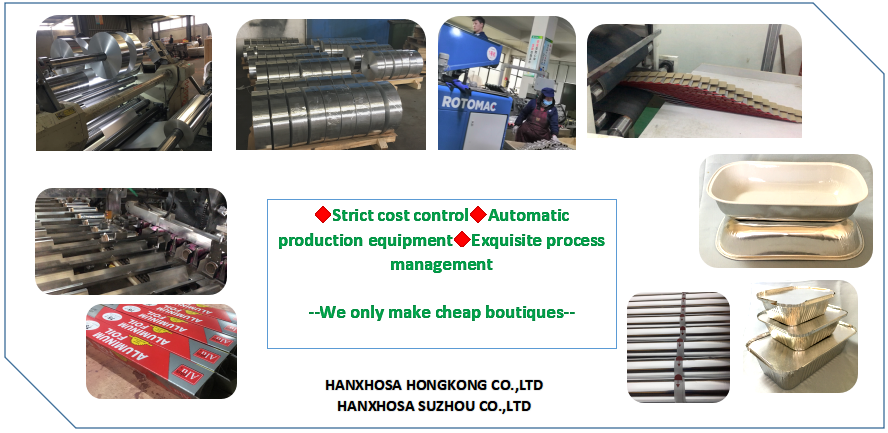Photopolymerization ctp plate
The photopolymerization ctp plate is mainly composed of a three-part aluminum plate, a photosensitive layer and a protective layer. The photosensitive layer is mainly composed of a film-forming resin, a sensitizing dye, a photoinitiator, a monomer or an oligomer, and is stable. Agents and other additives. The protective layer is a polyvinyl alcohol oxygen barrier layer, which is mainly used to block the oxygen blocking effect of monomers or oligomers. The imaging principle is that after scanning of the plate material by the laser light source, the sensitizing dye in the photosensitive layer of the visible part first absorbs the photon energy into an excited state, and then transfers the energy to the photoinitiator, and the photoinitiator decomposes to form free radicals. The base initiates the polymerization of monomers or oligomers and cures to form a graphic portion. The portion where no light was seen was removed by development to form a blank portion. It should be noted that before the development, the protective layer of the non-visible part should be washed away, and then the high-sensitivity polymer layer should be dissolved with an alkaline developer. After the development is completed, the protective layer is completely removed with a brush. Finally, the plate is washed with a synthetic resin solution. The synthetic resin can not only improve the hydrophilicity of the blank part, but also enhance the lipophilicity of the graphic part, and can be printed after drying.
Photopolymerization ctp plate features
(1) The photosensitive layer of the photopolymerizable ctp plate is very thin, and the graphic part and the blank part are basically in the same plane, which belongs to the traditional offset printing type, and has a high sensitivity, and the plate making speed is fast.
(2) The developer used in the photopolymerizable ctp plate is alkaline, and the film-forming resin and monomer or oligomer in the photosensitive layer have a certain degree of acidity and can be dissolved in the alkali solution and removed by development and alkalinized. The developer has little pollution and is environmentally friendly.
(3) The photopolymerization ctp plate can use violet laser diode (410nm), argon ion laser (488nm), fdyag laser (532nm), infrared laser diode (830nm) and other plate photosensitive light sources, and its cost is lower. And the photopolymerized ctp plate can withstand printing force of more than 1 million Indians after baking.
Aluminum Foil has a clean, sanitary and shiny appearance, it can be integrated with many other packaging materials packaging materials, and aluminum foil surface printing effect is better than other materials.
Materials grade:8011-0,1100, 3102 ,1030B
Our Aluminium Foil products have the advantages of moisture-proof, air-tightness, light-shielding, wear-resistant, taste-preserving, non-toxic and odorless. The rolled surface of 8011 aluminium foil is flat, without holes, folding and brown oil spots.
Food usage:Baking, Wrapping,Roasting,For fridges,Grilling,BBQ,etc.
Users:Family,Restaurant,Fast food restaurant,hotel,Supermarket,etc.
Product form: foil,Foil Food Container.
Product name:High Quality Best Price Aluminum Foil.

Bbq Aluminum Foil,Aluminium Foil For Food,Food Use Aluminum Foil,Food Use Aluminum Foil
HANXHOSA (SUZHOU) LIMITED COMPANY , https://www.hanxhosagroup.com